
Product Design Engineer
Filament PD - 17-> 21
Filament is a small Scotland-based product design consultancy focused on connected devices. Working with local and international clients Filament has both won awards and helped their clients do the same.

Vibre - Better haptics for VR
University - 16/17
A controller that makes virtual objects feel more like real ones. Vibre uses electromagnets to create vibrations like those in the real world.
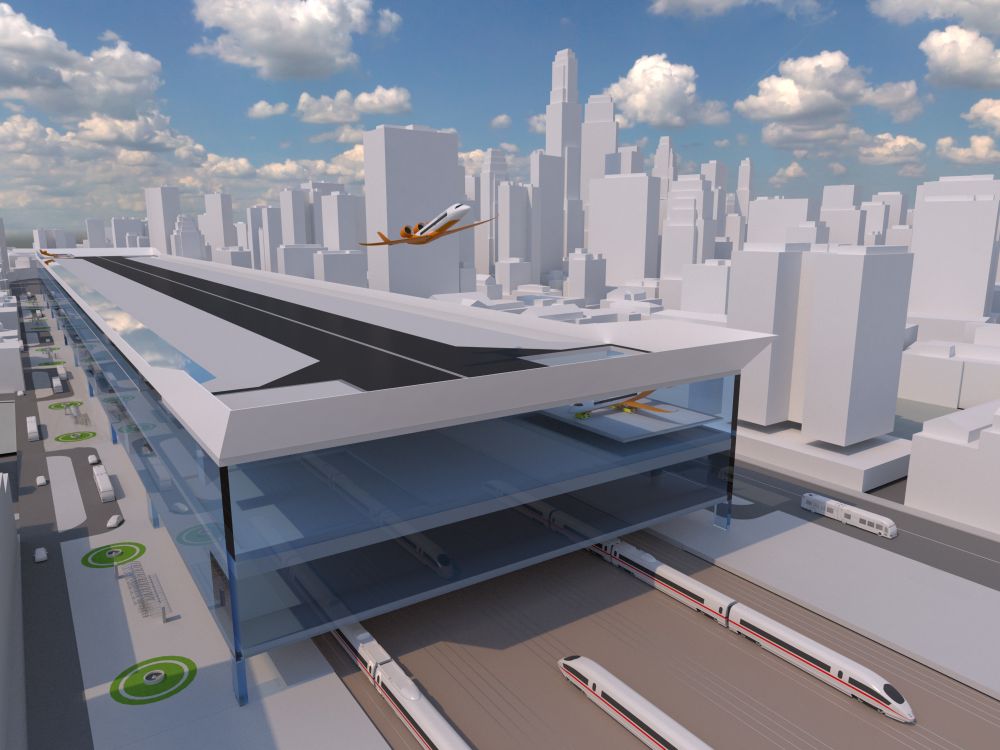
Urban Air Travel
University - Spring 16
Inner-city airport. A team project in cooperation with German air travel think tank Bauhaus Luftfahrt.
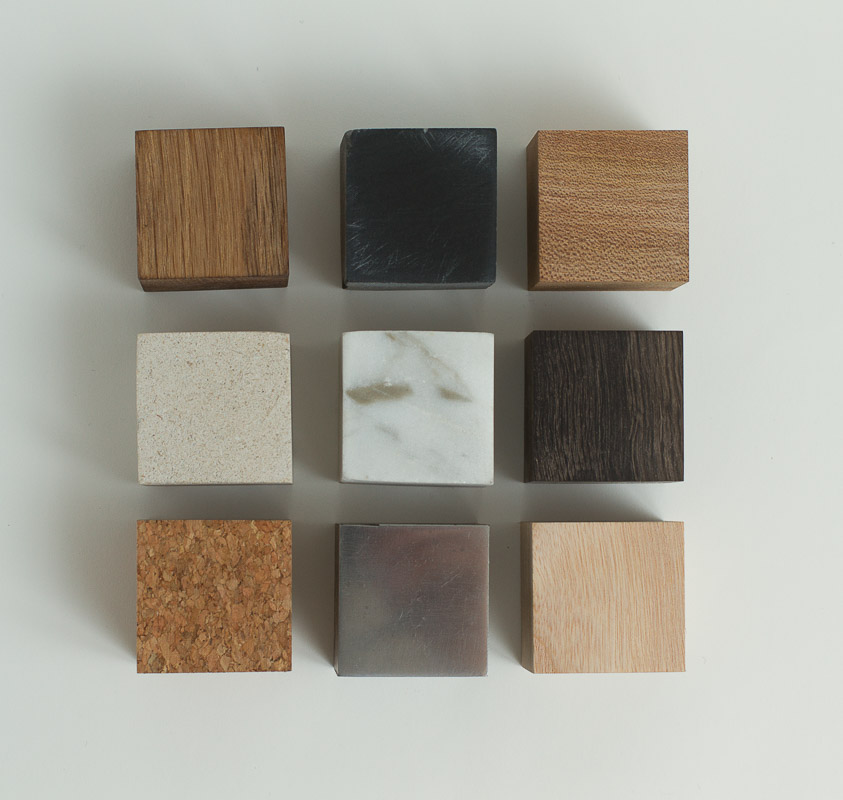
100 Materials
University - Autumn 15
Different materials, all constrained to the shape of a cube, encouraging tactile play and appreciation of the differences between materials.
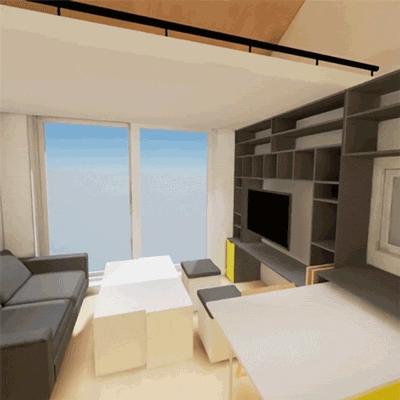
Neat Living Design Work
Neat Living - Autumn 16
Neat Living develops thoughtfully designed micro homes and I conceptualized what the next iteration could look like with a product approach and visualized it for VR.
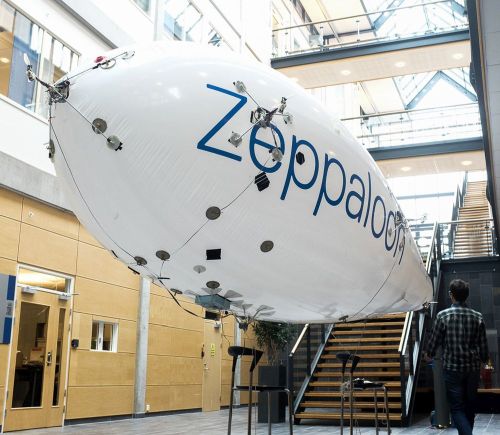
Zeppaloon
Kongsberg Maritime - Summer 15
As part of a 9 person international and interdisciplinary team I designed thrusters that enabled a 6m long airship to do loops and barrel rolls.

Accessible Autonomous Taxis
University - Spring 15
Researching potential guideliens for accessible autonomous vehicles as they could revolutionize mobility for people who would not otherwise be able to use a car nor afford taxis.
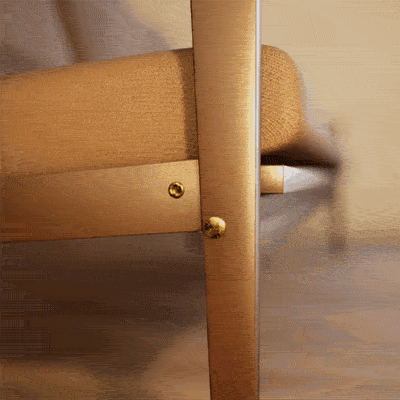
Smaller things
Personal/Freelance
Highlighting a couple of small projects and experiments.
